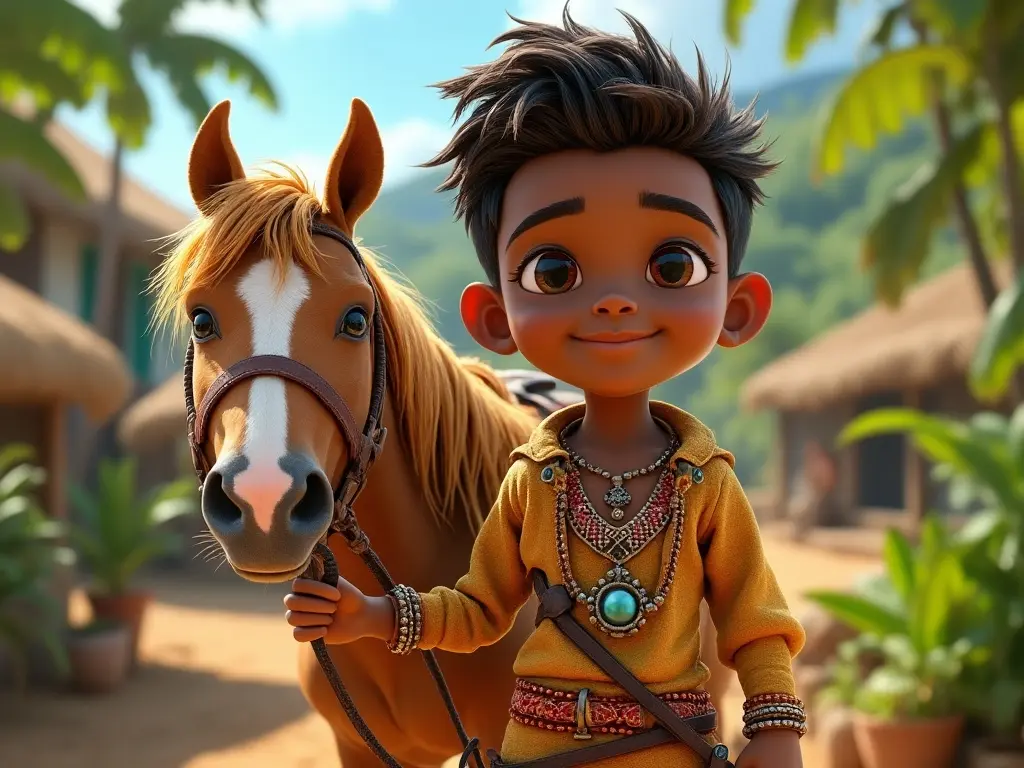
Generative AI is a useful tool for a variety of purposes. Especially making images of the absolute cutest characters, what’s not to like?
Read more
Horse Art Category
The Bride of the Man-Horse
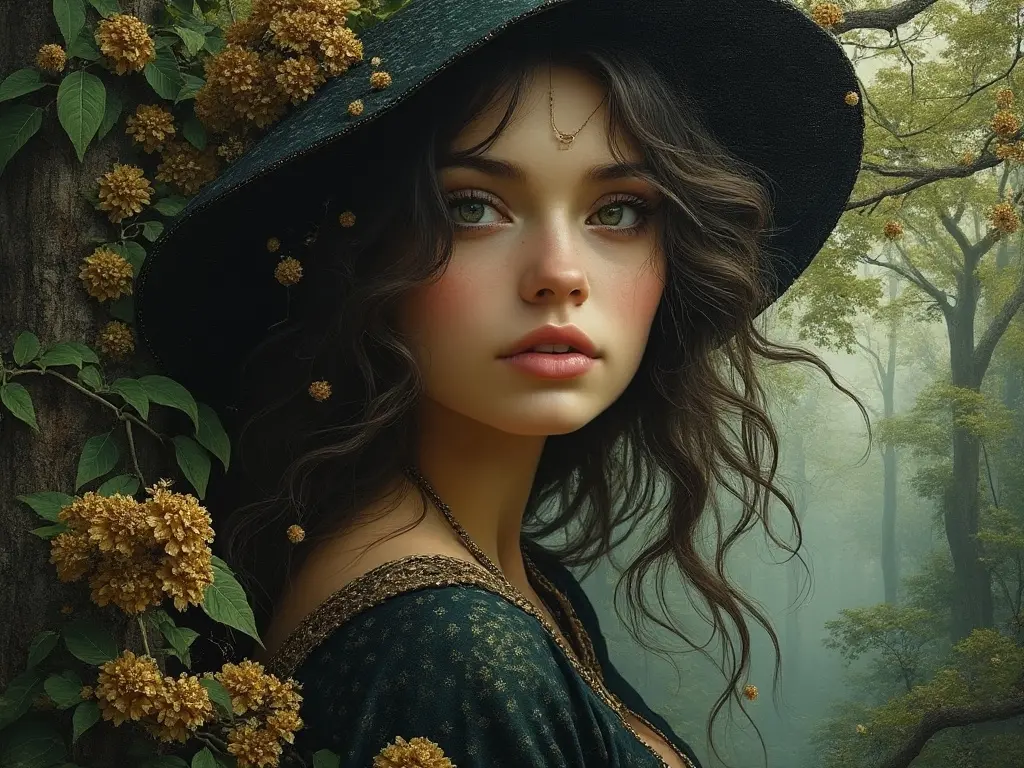
An excerpt from The Book of Wonder by Lord Dunsany, this isn’t really a horse story, it’s a story about a centar looking for a lady.
Read more
Beautiful Handmade Miniature Model Horse Tack 2

It’s no lie that horse crazy girls have always made tack for their model horses, but these contestants take handmade take to another level.
Read more
Traditional Woman and Horses in AI Pictures – South America

Generative AI is a useful tool for a variety of purposes. Especially making images of pretty girls with horses, what’s not to like?
Read more
The Horse and The Olive – Chapter 2 Choosing a Name
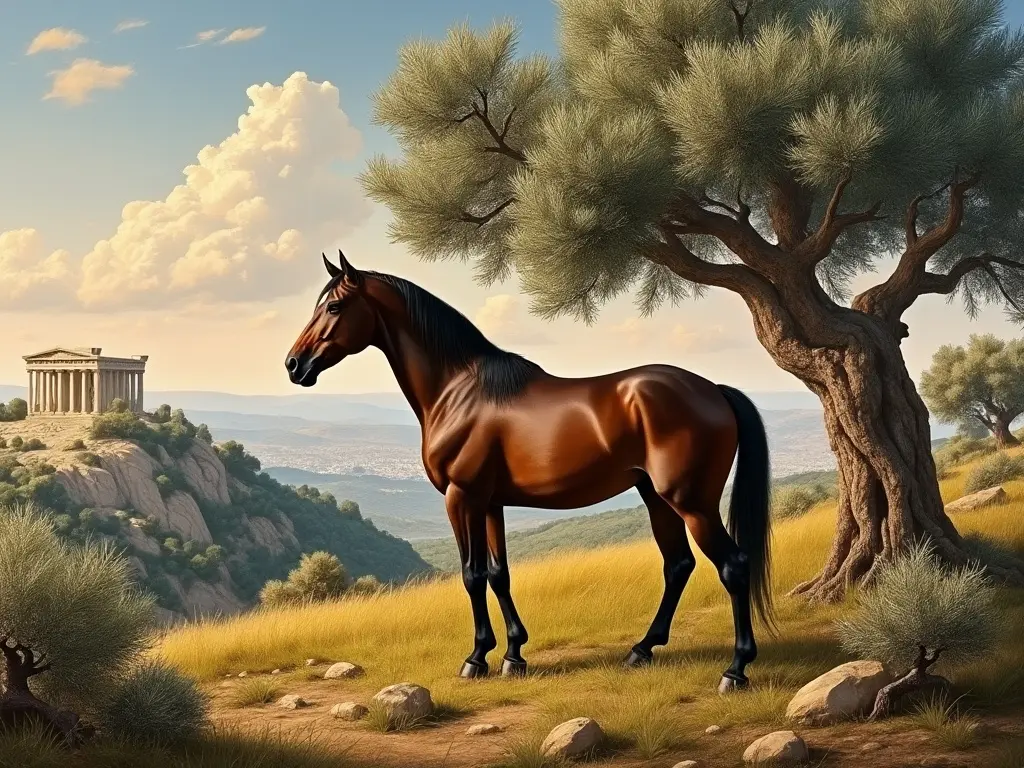
A horse tale from Old Greek Stories by James Baldwin. Told in two chapters, although the first chapter is slim on horses…sorry at least it’s short.
Read more
Beautiful Handmade Miniature Model Horse Tack
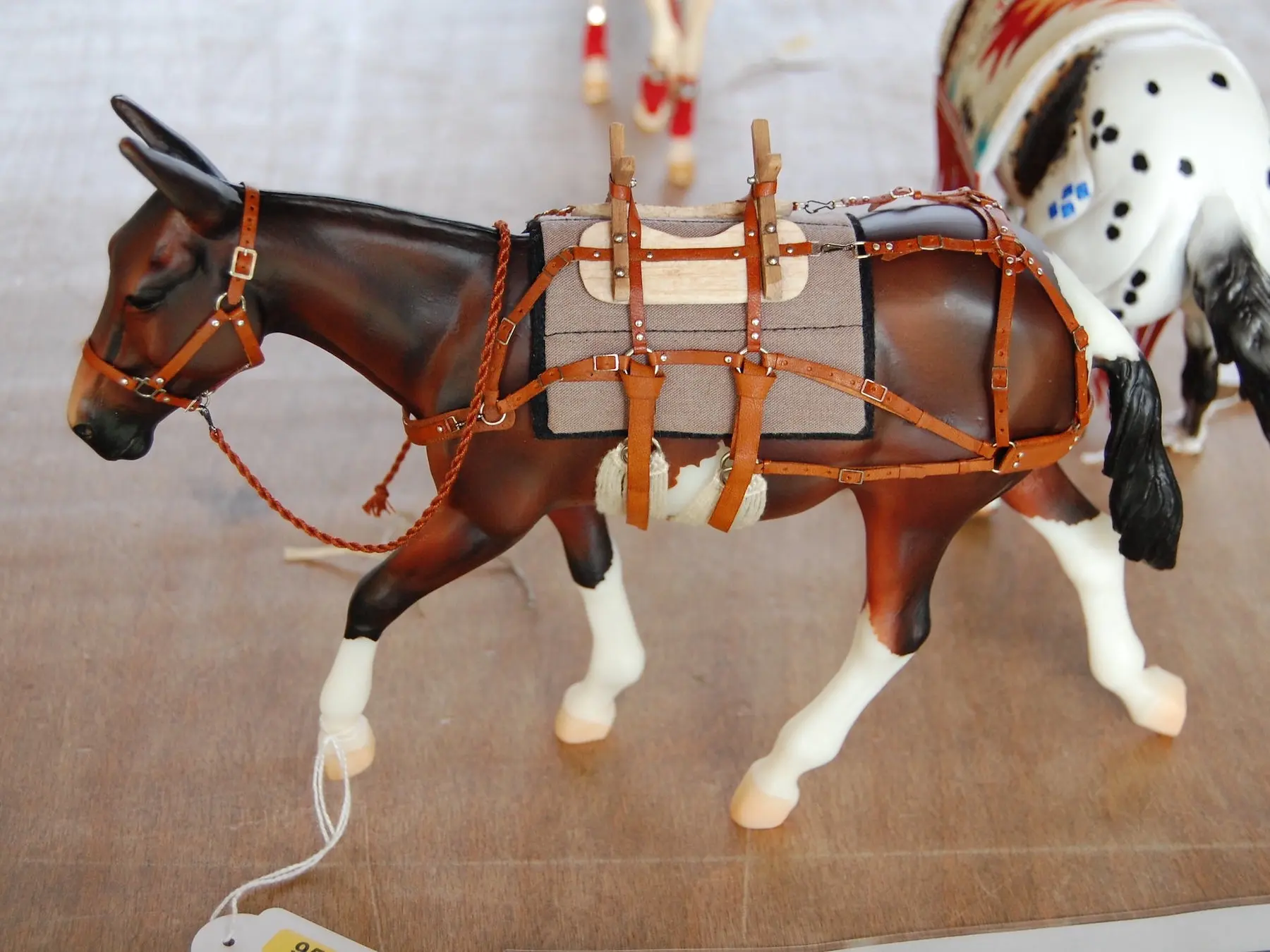
The miniature craze has not missed the equine world, although arguably horse people have always liked their models. The tack on these models is next-level.
Read more
Cute 3D Characters and Horses in AI – Central America
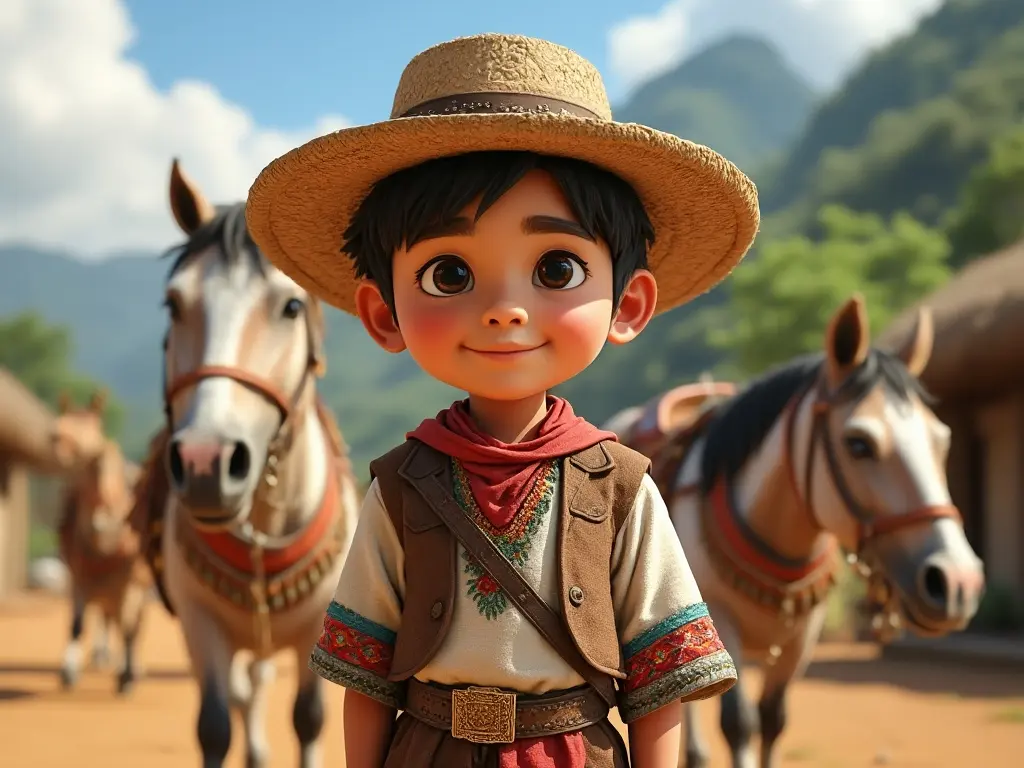
Generative AI is a useful tool for a variety of purposes. Especially making images of the absolute cutest characters, what’s not to like?
Read more
The Horse and The Olive – Chapter 1 Finding A King
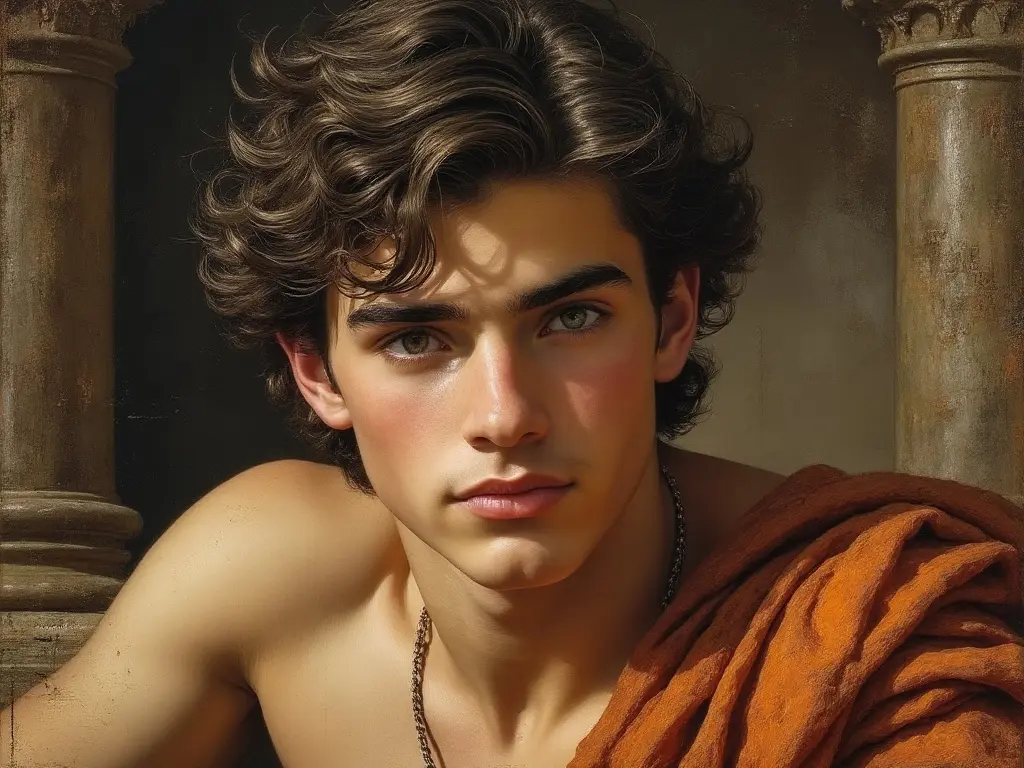
A horse tale from Old Greek Stories by James Baldwin. Told in two chapters, although the first chapter is slim on horses…sorry at least it’s short.
Read more
Traditional Woman and Horses in AI Pictures – Central America
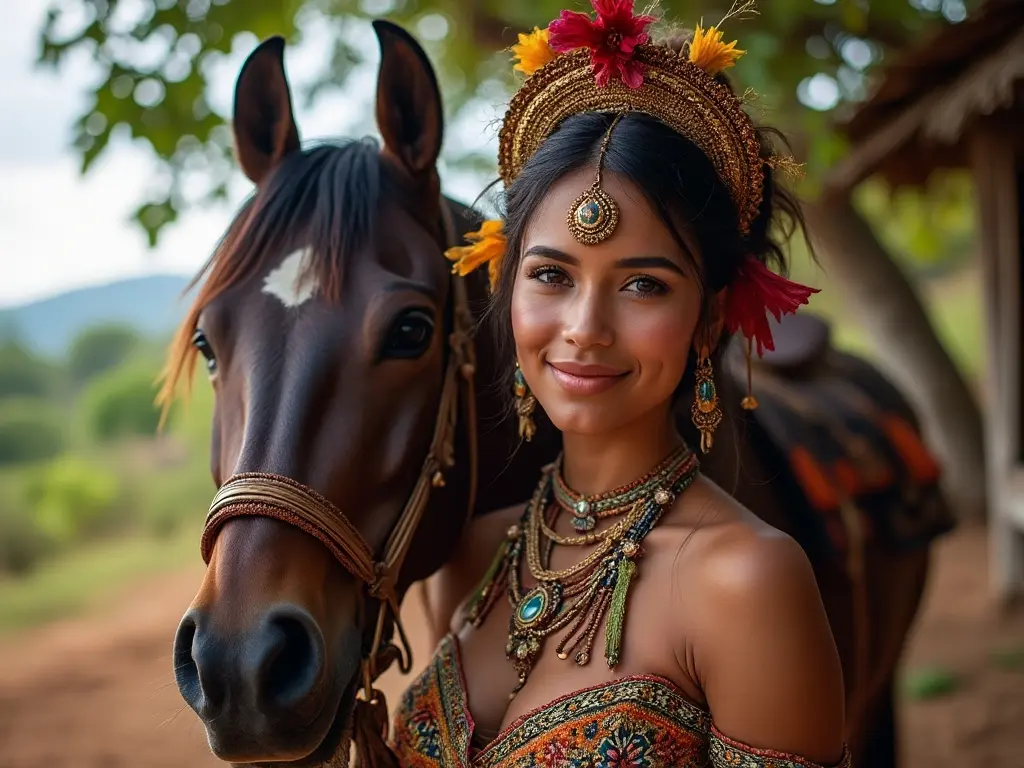
Generative AI is a useful tool for a variety of purposes. Especially making images of pretty girls with horses, what’s not to like?
Read more
The Fox and The Horse
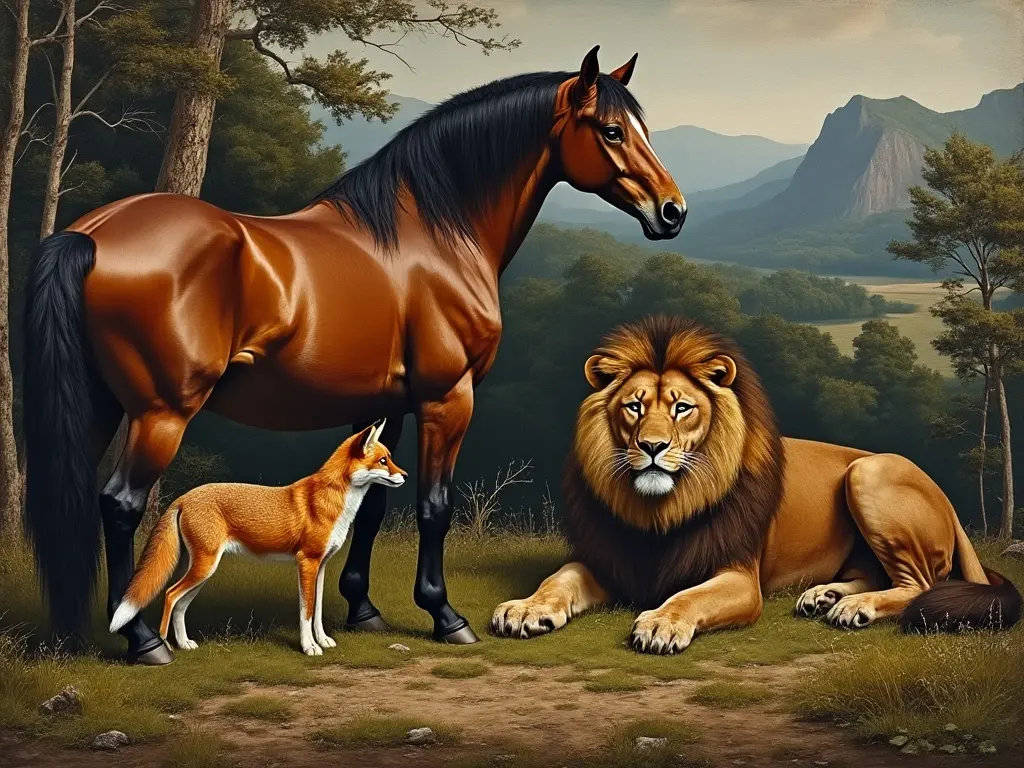
A short horse fable from Grimms’ Fairy Tales By Jacob and Wilhelm Grimm, enchanting and terrifying children for over a century.
Read more
Cute 3D Characters and Horses in AI – North America
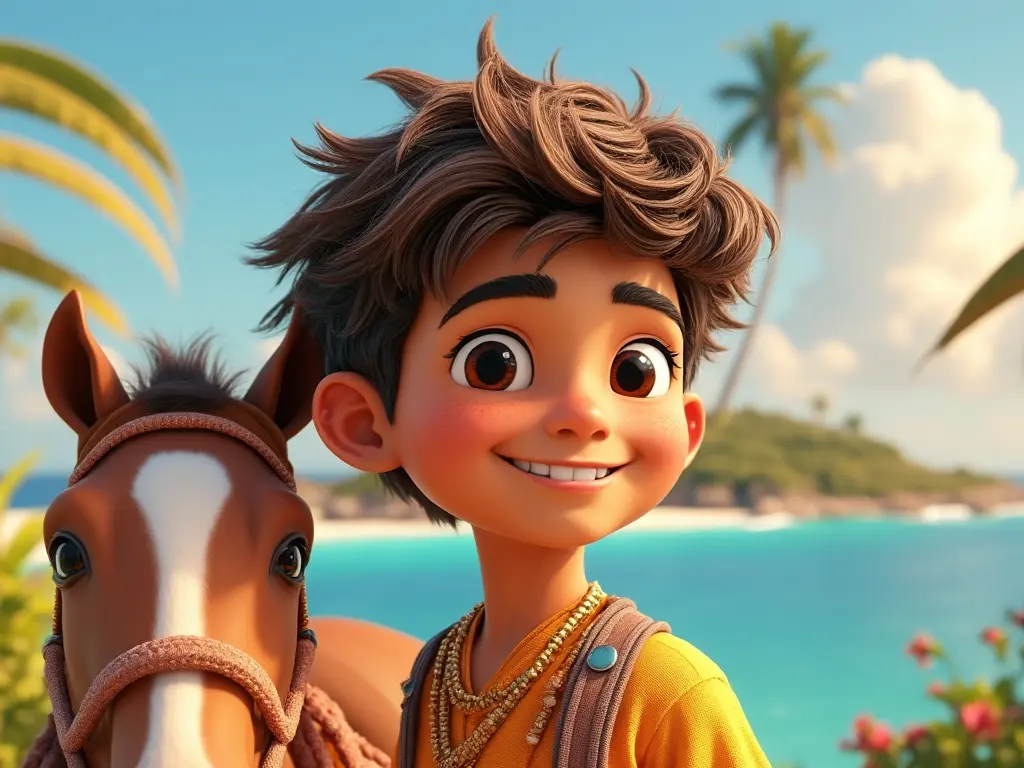
Generative AI is a useful tool for a variety of purposes. Especially making images of the absolute cutest characters, what’s not to like?
Read more
The Horse Gullfaxi And The Sword Gunnfoder

A horse tale from the Crimson Fairy Book, just one of the fairy book volumes. Containing fairy tales from a variety of (mostly northern) countries.
Read more